While China’s contemporary art market is established, contemporary design in the country is a new phenomenon. Zhuo Tan, show director at Design Shanghai, Asia’s largest design event, says: “The Chinese population’s first exposure to modern design was through Ikea, which opened its first store in China — in Shanghai — in 1998, and played a huge role in educating the Chinese about design.” Design Shanghai now showcases about 60 Chinese brands compared with a handful when it first opened in 2014. It also shows furniture by leading western brands.
The work on display hints at a respect among Chinese designers for ancient Chinese beliefs, customs and lifestyles, from feng shui to a need for space-saving furniture in family homes traditionally occupied by several generations. But there is also an appetite for experimenting with new materials and processes, including 3D printing with materials such as ceramics and metal, using carbon fibre to make large-scale pieces as well as working with more traditional materials such as clay, bamboo and enamel. Appropriately, Design Shanghai has added a new section this year: the New Materials and Applications hall.
Here is a selection of rising stars on China’s growing design scene, all exhibiting at Design Shanghai.
Hi Thanks Bye
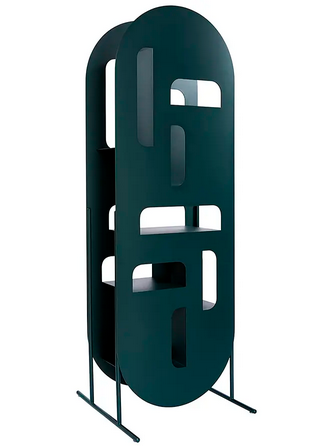
UO shelf/divider from Collection O by Hi Thanks Bye, hithanksbye.com
After graduating in industrial design at the Ontario College of Art and Design in 2017, Chinese-Canadian duo Stein Wang and Topher Kong founded their interdisciplinary design studio Hi Thanks Bye in Toronto. They are exhibiting Collection O, a furniture line, at the fair’s Emerging Designers platform.
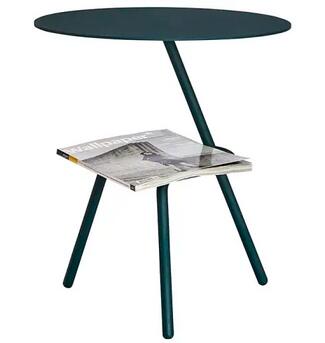
Its shelving unit-cum-room divider, lamp, stool, table, upholstered chair and a deep-pile rug that simulates “stepping on moss” are inspired by traditional Chinese gardens and Canadian landscapes. Their colour is a deep forest green, while a table top is shaped like a lily pad. The table also serves the market for dual-functional furniture: its legs bend to form a ledge for resting magazines and books.
Chen Shangyi
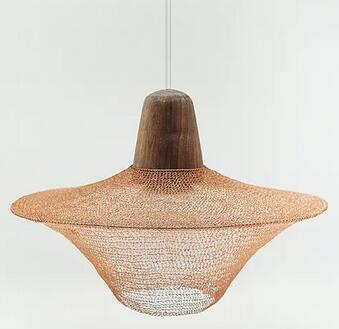
Chen Shangyi, whose background is in jewellery and metalworking, challenges preconceptions about metal being unyielding by transforming it into delicate, ethereal objects. She is showing handcrafted lamps and containers and vases fashioned out of copper wire that glitters in the light.
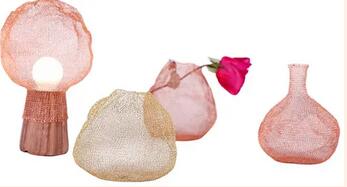
“The wire is woven to produce a fabric-like texture, which combines the softness and fineness of fabric with the toughness of metal,” she says. “Each piece is unique.”
Sozen
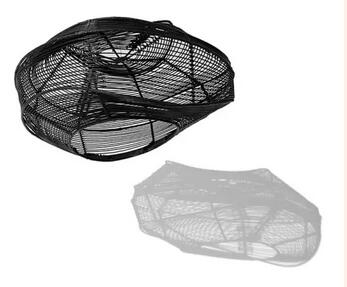
Zhang Jun Jie, designer and founder of Sozen, is showing his sculptural, organic-looking Bamboo Soft Light, part of a collection of hand-crafted, bamboo-based products, at the Contemporary hall. Sozen is representative of much contemporary Chinese design in that it straddles digital technology and ancient craft. Jun Jie, who is based in Hangzhou, initially designed the light on a computer, although its asymmetric form was achieved by exploiting the natural elasticity of bamboo. Having completed an MA at the China Academy of Arts in Shanghai, he now is an associate professor there as well as associate dean of its industrial design department.
Buzao
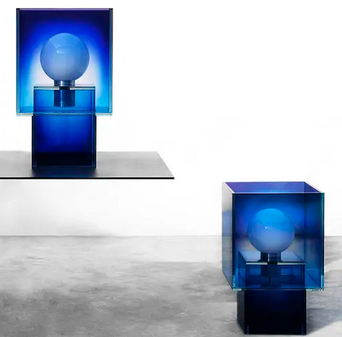
The word buzao means “I don’t know” in Chinese and the brand has an interest in experimenting with materials and processes that produce unpredictable results. It celebrates materials as they are found in nature or transformed by mechanical means.
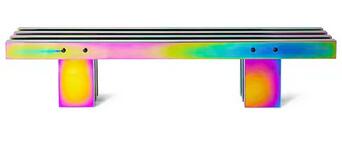
Established in 2017, Buzao is an offshoot of Bentu, a studio co-founded by Chen Xingyu, Xu Gang, Peng Zeng and Chen Xingguang in 2011. This year, Buzao is launching tables, lighting and seating fashioned from vibrantly coloured glass or iridescent electroplated stainless steel. Parent company Bentu highlights the industrial waste generated by the ceramics industry: Wreck, its furniture line of tables, benches and lampshades, is made of concrete and recycled, randomly positioned ceramic fragments.
(Source:ft.com)

















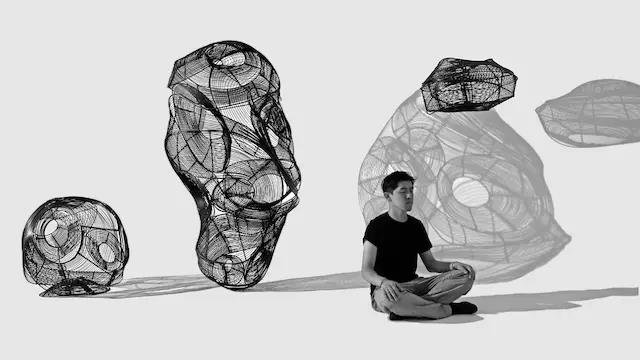
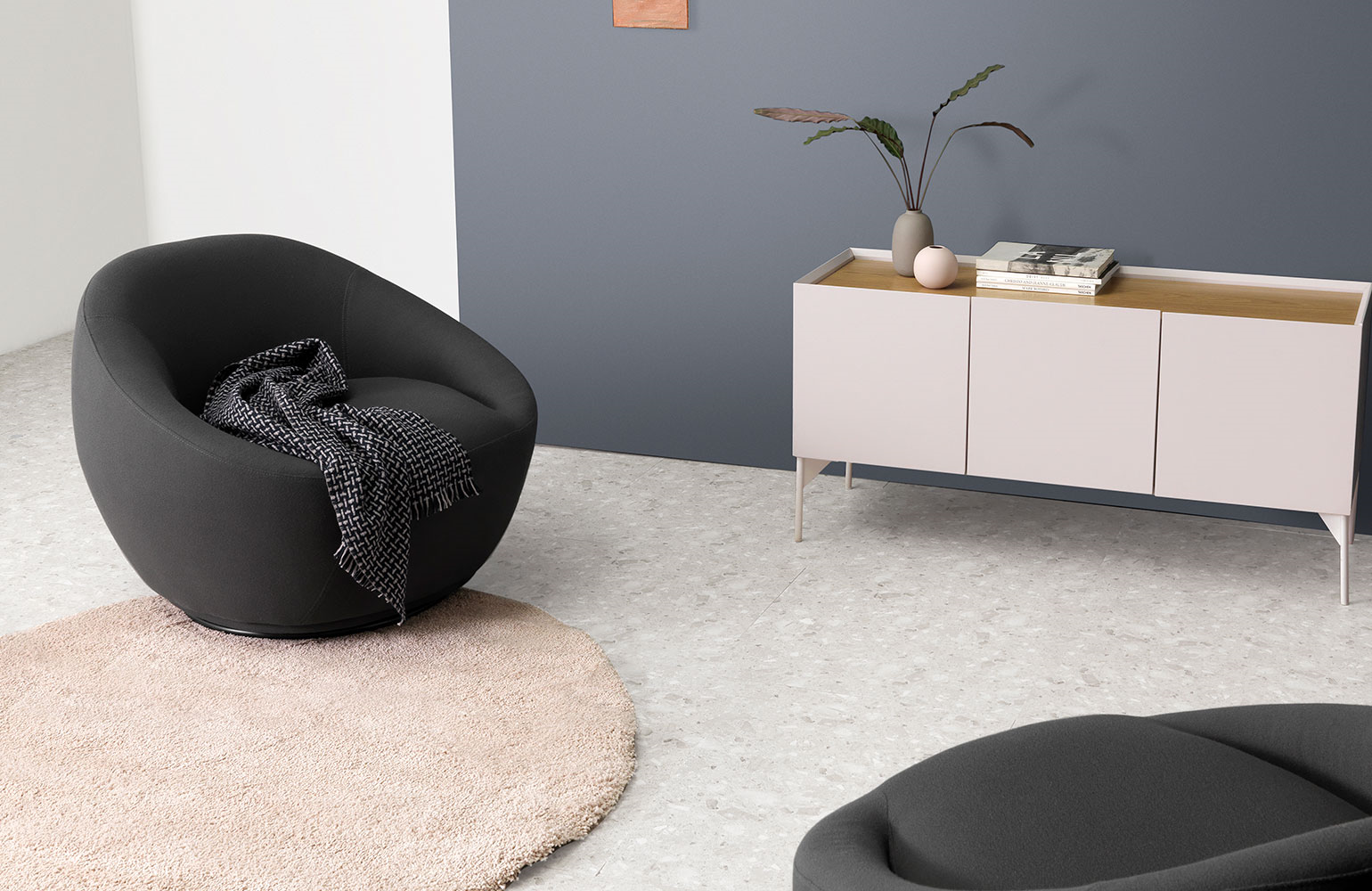
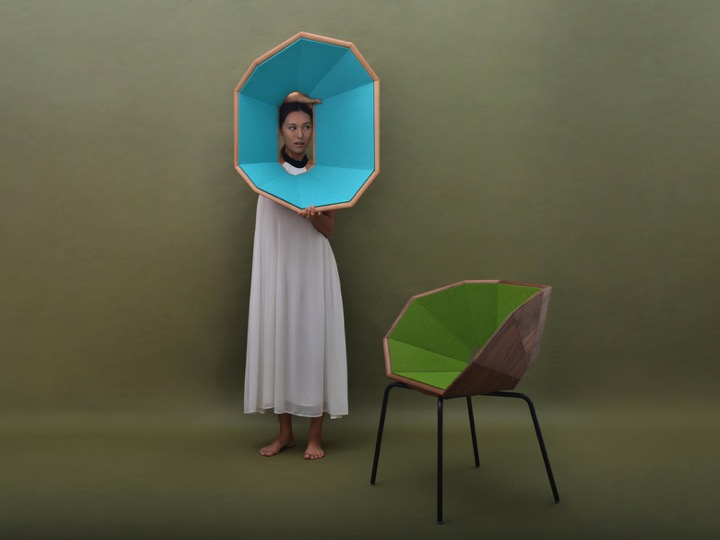













 沪公网安备31010402003309号
沪公网安备31010402003309号